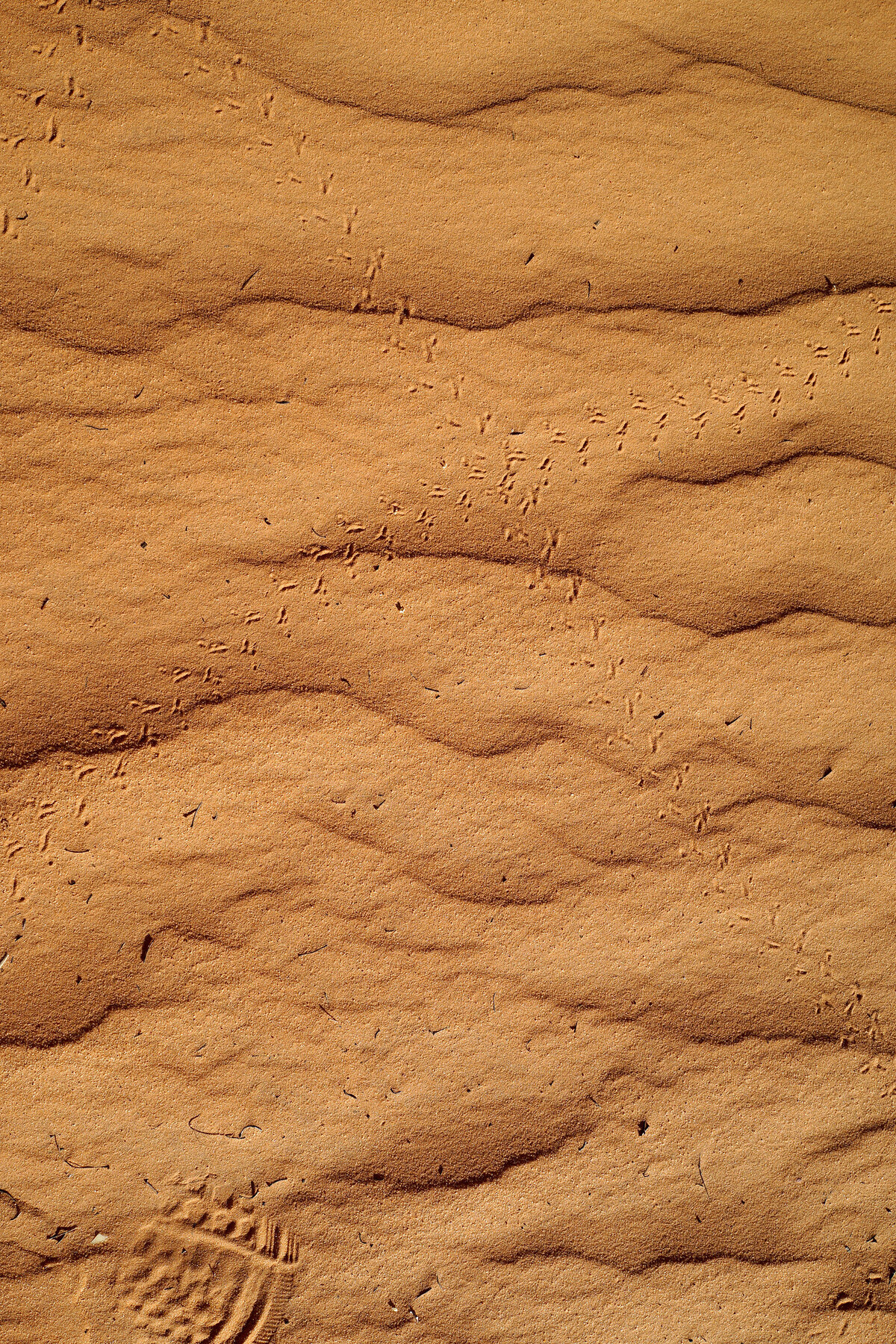Aquí Allá Ahí
November 8–December 22, 2018
Colima 55, Col. Roma Norte
06700 Mexico City,
Mexico
Hours: Tuesday–Friday 10am–6pm,
Saturday 11am–4pm
info@proyectosmonclova.com
1. Aquí Allá Ahí (engl. here, there, yonder) suggests places that feel as tangible and close as they are abstract and far. Demonstrative indications such as here and there can only be comprehended when they are expressed by ourselves or a person who we have in plain sight indicating directions. They only exist in relation to an observer in a reference frame. This is what makes these linguistic structures so intriguing and complex, as they are entirely referential and can mean an infinity of things depending on who is talking and where that particular person is in that very moment. They are vessels that can be filled with one meaning at a time, but whose meaning can change entirely the next second as we move. As we know from special relativity in physics, an event is an occurrence that can only be assigned a single unique time and location in space, relative to a reference frame. Since there is no absolute reference frame, a concept of moving doesn’t strictly exist, as everything is always moving with respect to some other observer.
It is curious that the Spanish language offers us almost twice as many options and nuances of such demonstrative spatial indications than for instance English. The distinction between here and there which seems very determined—one can almost feel the abyss between those two—gets some gradients within the Spanish; the distance appears softer and the difference between me, here and the other, there less: it’s almost political. Aquí Allá Ahí in fact makes me think about space and me inhabiting and moving through it. It makes me think about proximity and distance and my understanding of it, which cannot be merely geographical or geometrical. How can we think about distance without considering temporality, ideology and psychology? We always talk about the “felt” distance. Heidegger comes to mind: “All distances in time and space are shrinking. […] Yet the frantic abolition of all distances brings no nearness; for nearness does not consist in shortness of distance. What is least remote from us in point of distance, by virtue of its picture on film or its sound on radio, can remain far from us. What is incalculably far from us in point of distance can be near to us. […] Everything gets lumped together into uniform distanceless. […] What is it that unsettles and thus terrifies? It shows itself and hides itself in the way in which everything presences, namely, in the fact that despite all conquest of distances the nearness of things remains absent.” (1)
I feel that it is exactly that omnipresent and unforgiving distanceless and the total absence of empathic nearness that defines our current condition. Aquí Allá Ahí plants this quick thought into my mind…
2. The desert seems to be a place where notions of time and space become obsolete. The borders between past, present and future blur and distance is no more. It is a no-place that terrifies us and provides relief at ones. In a desert here and there don’t shift meaning, they collide and suspend themselves in equalness.
The desert as metaphor allows for beautiful readings and images: the post-apocalyptic landscape, the utopic mirage, the timeless resort for reflection, the ultimate manifestation of existentialism. Maybe, if we had the chance, we could measure our feelings in this time-suspended zone? Since nothing else seems to be measurable here….
There is a desperate need for emotional orientation: Confusion, Anxiety, Hope
3. For some reason there is no sign of human in Aquí Allá Ahí, as if someone would point their finger outside the time spiral and say, “I come from there.” (2).
–Polina Stroganova, Mexico City 2018
(1) Martin Heiddeger, “The thing,” in Poetry, Language, Thought, Perennial Classics, 2001.
(2) Chris Marker, La Jetée, 1962

